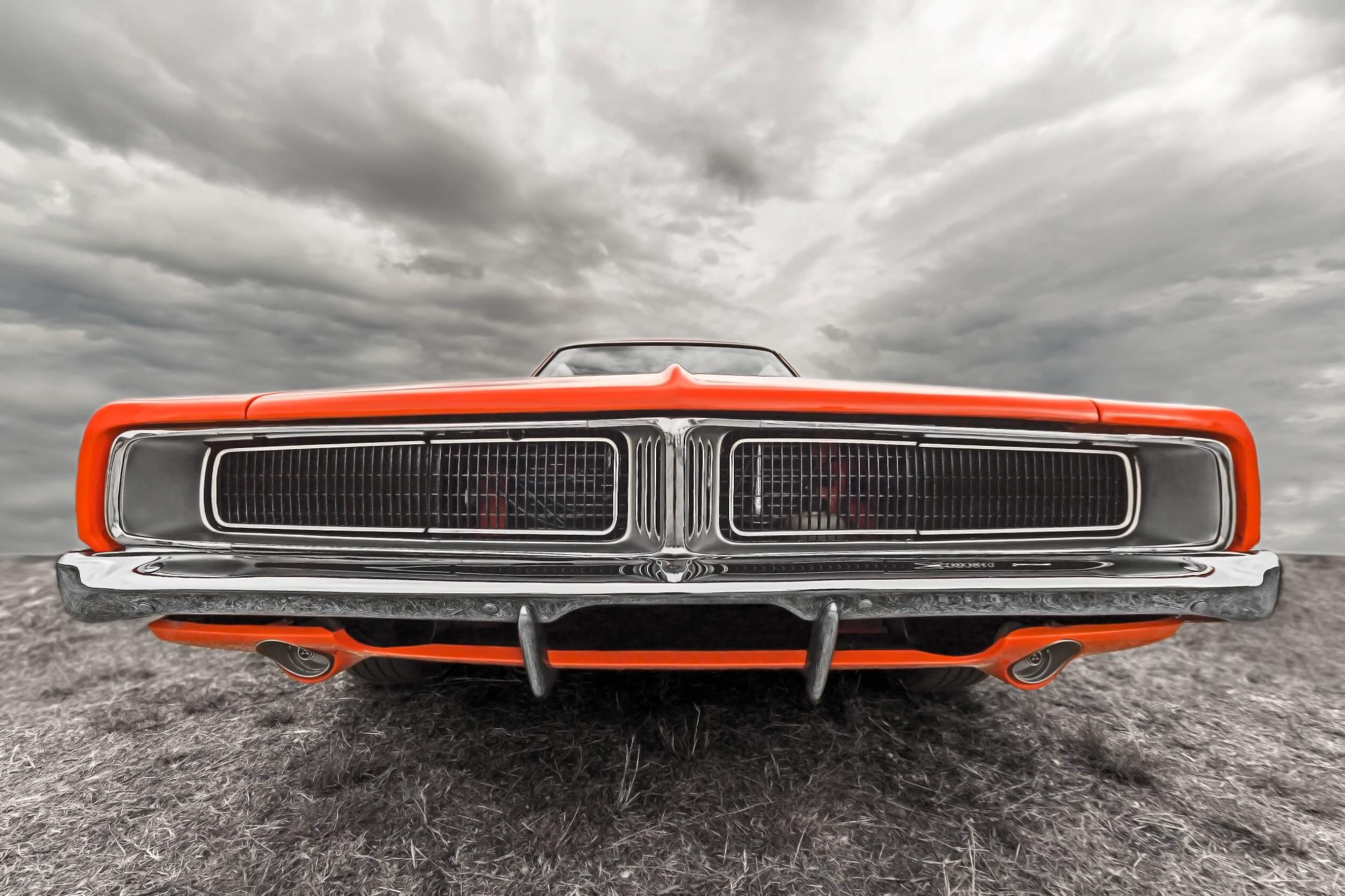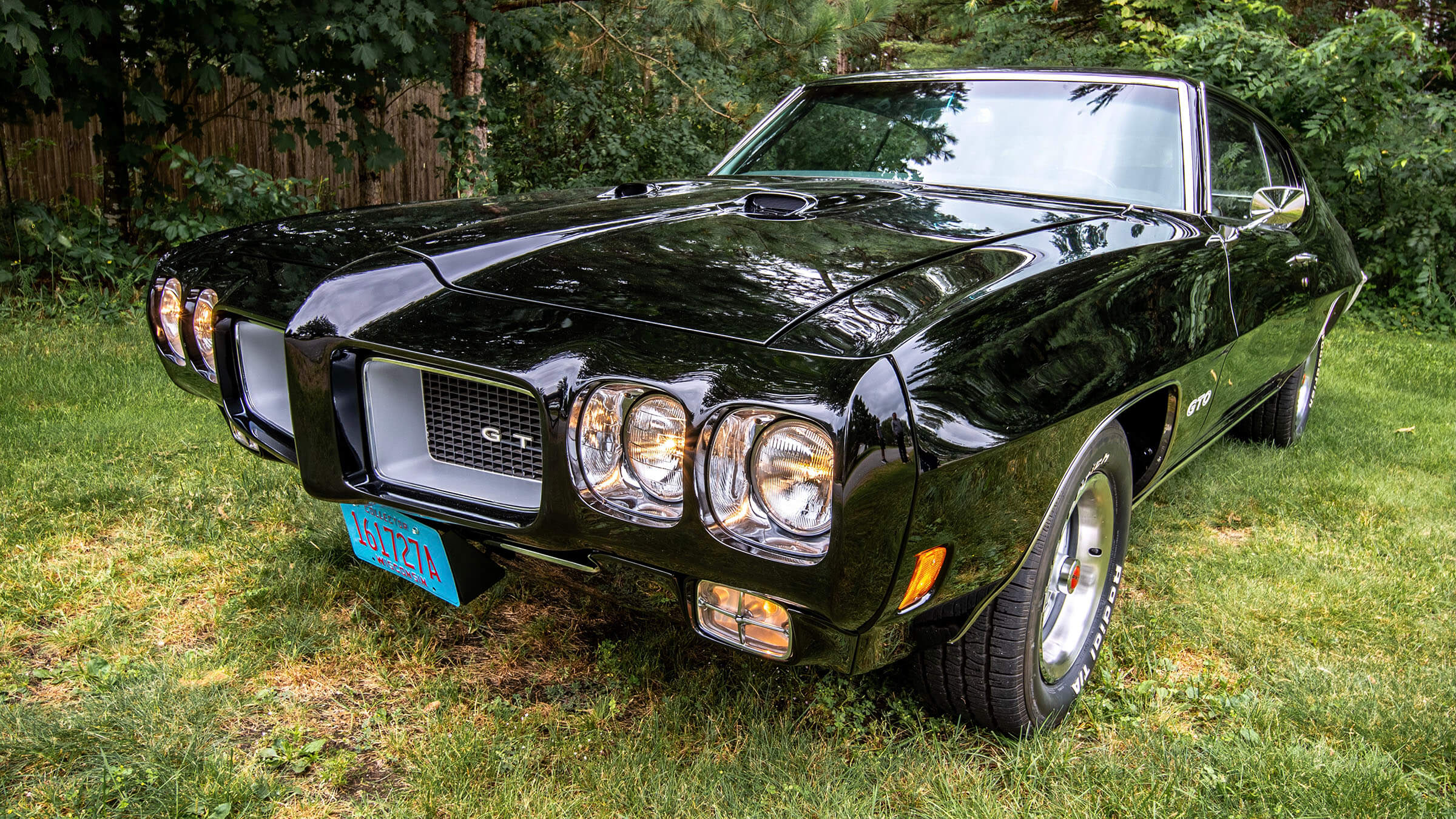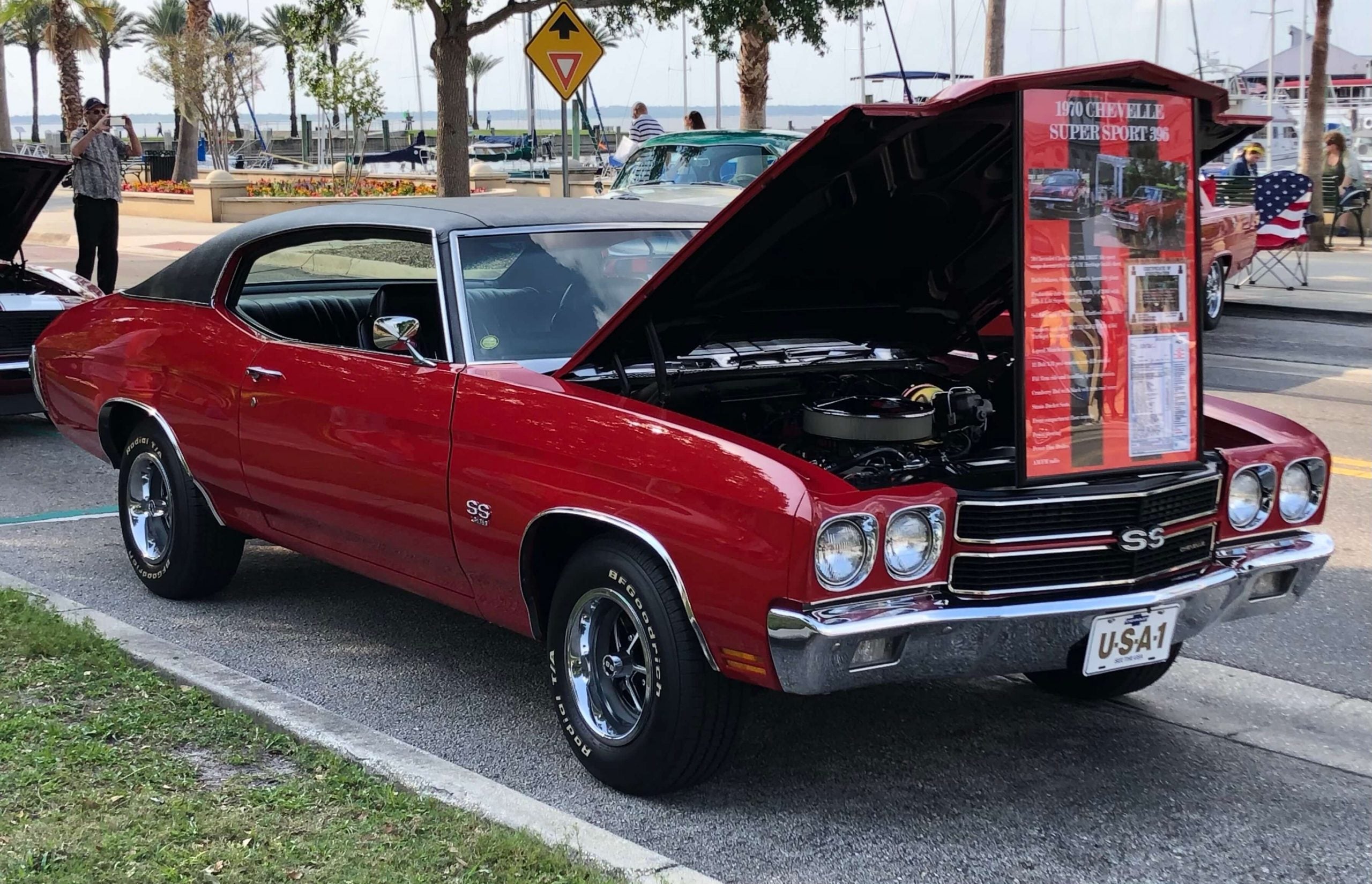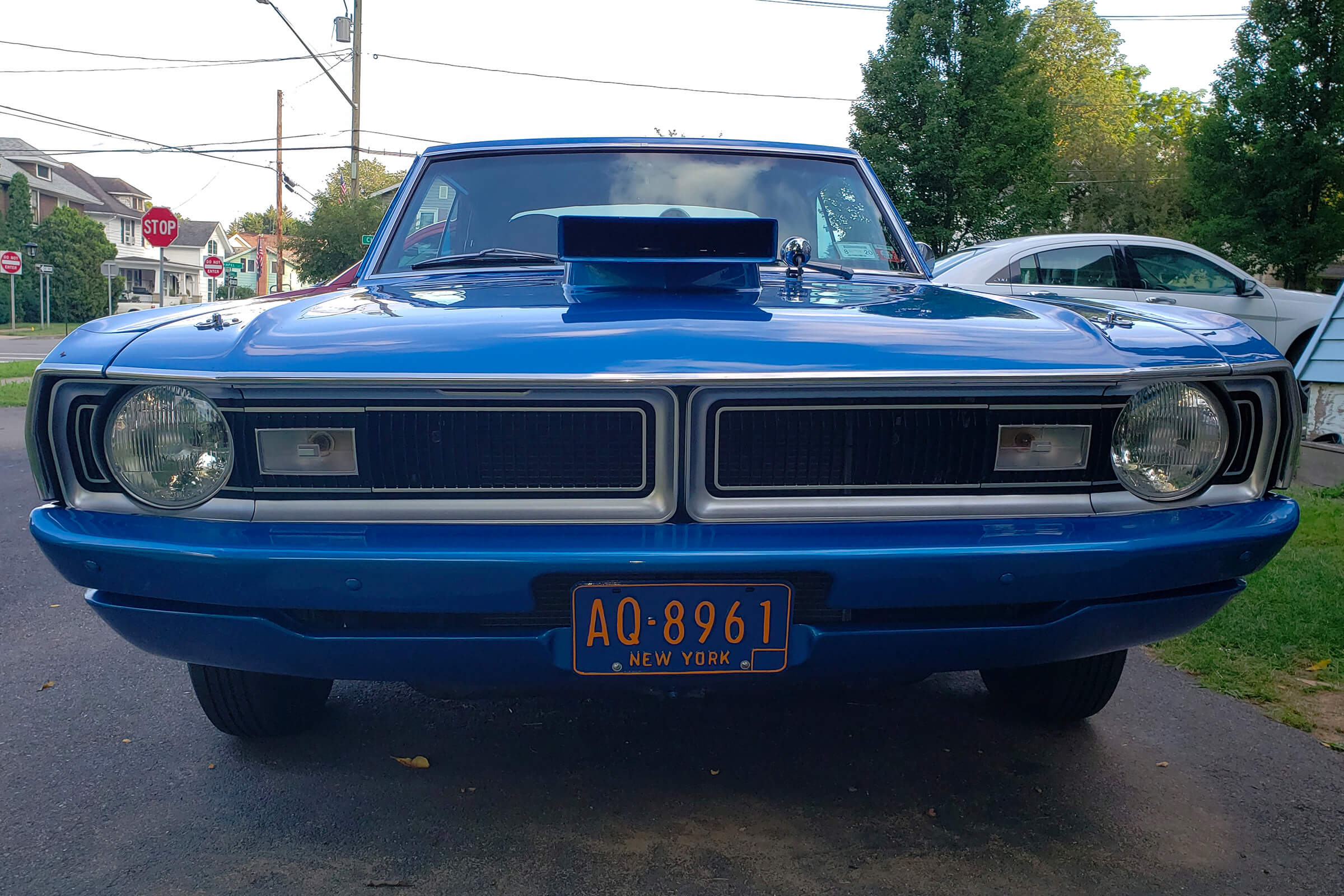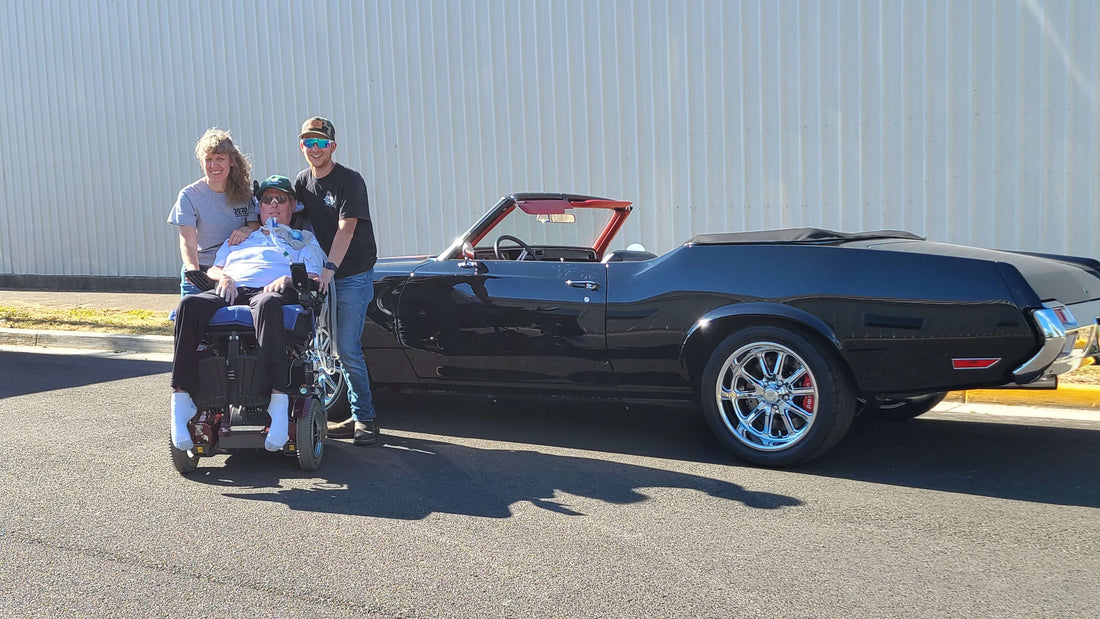In recent months we introduced you to several Legendary Auto Interiors fans as they shared their love of classic cars and told us their restoration stories.
This month, we have a very special edition Fan Spotlight featuring Michael Williamson, Air Force Veteran, ALS patient, and classic car enthusiast.
After reading this story, please consider donating to the
The ALS Association of Oregon, Michael's charity of choice. More information on donation can be found at the end of this article.
Meet Michael
My life since high school has been interesting to say the least!
Like many people, I didn’t know what to do after high school. So I worked at a lumber mill for about six months and then joined the Air Force in March 1985, which quickly sent me off to Lackland AFB.
I wanted to be a policeman, but I didn't know that there were two different police in the Air Force: Law Enforcement and Security Police. I wasn't even aware that the first type was an option, but as it turned out I preferred the Security Police because it allowed me to travel more.
First I needed to get through basic training. This was six weeks of Air Force education, discipline and rules, during which I celebrated my 19th birthday. I made many friends during basic, because we needed to work as a team if we wanted to win the award as the best flight team on base. You are only strong as your weakest link, as they say.
Boys will be boys, though. The first chance we got, we bought radios and food--neither of which were allowed in the dorm. The ceilings and the bed posts were soon found to be great hiding spots.
The days started at 6 am. Inspection in flight formation was followed by breakfast, then marching, drills, class, lunch, and class again, finally finishing at 4pm. We had PT almost every morning. After six weeks, we graduated basic training and were off to security police school.
Off to Iceland!
My first duty assignment was at Keflavick Naval Air Station, in Iceland. The highlight of my tour there was providing security for then President Reagan’s Air Force One. I enjoyed my time there, even though the summer day’s temperature never rose much above 60 degrees. The winters were very cold, windy, and icy. The winds would normally be 40 to 85 knots (46 to 98 mph), sometimes more.
In the summer, days were longer--with about twenty hours of light, it never seemed to get totally dark. The winter was the opposite, which made my job as a Security Policeman very hard. It’s very challenging to work and not see daylight. You even sleep when it is light out.
Despite this, there were many things to do, both on base and off. My first experience off base was a day trip into Reykjavík, followed by many trips to hot springs, geysers, and waterfalls. Iceland is a small country with a small population, but we found that the people were friendly and would do anything for you.
On base, I spent a lot of time at the gym playing basketball and swimming. Flag football was the only sport we did outside. It was always an adventure going to the shop, Navy exchange, or chow-hall because for half the year everything had a thick coat of ice on it and with the wind you felt like you were wind skating all the time. When I didn’t brave the weather I went either upstairs to the pararescue floor to play poker, or downstairs to play cribbage with Navy ops.
Work was boring most of the time because I was a lowly Airman Basic. That meant my duties mostly involved guarding the planes (although sometimes the plane I was guarding would go on mission and I would get the rest of the shift off). The shifts were either eight hours a day, six days on and three days off, or twelve hours a day with three on and three off.
The aircraft I guarded were AWACS, F-4s, F-15s, KC-135s, C-5s and sometimes Air Force One. The benefits to guarding AWACS (a long-range surveillance plane) were that I could fly for free. In December 1985, I was able to fly on the AWACS from Iceland to Tinker Air Force Oklahoma non-stop, visiting my relatives because they lived near the base.
Back in the U.S.A
In December of 1986, after a year and a half in Iceland, I was transferred to Dover AFB in Delaware as an Airman. Before going to my new base I went home on leave and bought a Mustang, which I drove across the country to Dover, visiting friends in Utah and Moreland on the way.
In March 1987, I was sent to Camp Bullis, Texas, for additional training. I decided to drive there again, and after a swing shift in Delaware made it a thousand miles to Memphis, Tennessee. I visited a friend for a couple of days before driving the rest of the way. After training I then went back to Dover, where I met my future wife Traci while I worked the main gate at the base late that same summer (though we didn’t start seeing each other until more than a year later, in January 1989).
A Life-Changing Mission to Honduras
In February 1988, I was sent to Honduras for four months of temporary duty. This would prove to be the most interesting assignment of my career up to this point. For the first time I saw how much I took what I had as an American for granted, and I tried to change how I lived.
While in Honduras I provided security for convoys of humanitarian relief and medical relief teams, which allowed me to live in the villages. We were a four-person team providing security while the doctors provided care for the people. I was amazed by how much the medical staff could do with so little, and how many people they helped. The villagers had so little, but that didn’t stop them from opening their houses (which were two-room huts) to us.
To get to the village we flew on Blackhawk helicopters from our base camp. While at the base we provided security for the camp. We were a team of six, one Air Force and five Army. One afternoon we heard gunshots very close. We took cover and put on all our protective equipment. I got on the Starlight radio and called the main base and told them what was going on. After an hour we returned to normal security. We never found out what the shooting was about.
One thing I remember was a particular fresh fruit, something like a grapefruit and the size of a small bowling ball. Bananas could also be found very easily, from plantains to small sweet bananas. After a week and half in the village, we flew back to the main base. I pulled normal security for a while, until the platoon we were attached to was deployed to Tiger Island, a volcanic island on the Pacific coast of Honduras.
Seeing the World
After returning to Dover, I was assigned to the security detail that flew with the C-5 cargo aircraft when it had to land in countries without US security. These missions included support for humanitarian relief efforts, NATO efforts, presidential security, and NASA security.
I traveled a lot over the next four years, visiting Europe, Africa, the Middle East, Central America, the Azores, Ascension Island, Antigua, Canada, Greenland, South America, and back to Iceland. I went to Iraq in 1988, when the Iraqis were ending the war with Iran and before Desert Storm began. I went to Saudi Arabia before, during, and after Desert Storm. Although you hear a lot of anti-American propaganda from this area now, it wasn’t that way before the war.
I became an EMT in October 1988. On December 21st of that year I was called to a major car accident involving six victims, one of which died. I did well while working this accident, but was an emotional mess after. The crash was caused by a Mustang, the driver of which had just left his squadron Christmas party drunk. The driver of the other car, a mother, was killed in the head-on crash when the Mustang drifted into oncoming traffic. Later, when I was in NCO Leadership, I was surprised to see one of the guys I treated at the scene was in the class.
Getting Serious
Dover was only thirty minutes from the Atlantic Ocean, so I spent a lot of my days off either on the beach, on the boardwalk, or fishing. I also often drove to D.C. and Baltimore, but by January 1989 all my travel was north to Pine Grove to see Traci.
I flew to California with Traci in February 1989 to visit a friend of hers. After that trip I asked her to marry me, but she said no, that it was too soon. In October of the same year we vacationed in Jamaica, where I asked again. She said yes, and it was the happiest day of my life. Traci and I were married in June of 1990, and she moved in with me in August. We shared an apartment until base housing was available.
I enjoyed the different competitions on base, such as Defender Challenge. This consisted of a team of five competing in six events: M-16 rifle, M60 machine gun, M-203 grenade launcher, pistol, team tactics, and team obstacle course. I competed in the Defender Challenge three times while at Dover.
At this time, I worked in the Armory issuing weapons for duty shifts, mostly M16s and M9 pistols. I was also responsible for flight crew weapons and all squadron weapons, such as M60, M203, shotguns, M9, M16, including all ammo (except high explosives rounds).
Asian Adventures
Traci and I spent the next three years in Dover until I was transferred to Kadena AFB in Okinawa, Japan. I left Dover as a Staff Sergeant. This was a challenging assignment for both of us, as it was a huge change from previous police duties of guarding F-15, KC-10,RC-135, AWACS, and C-130 aircraft.
For the first six months I waited for housing so that Traci could join. During this time, the opportunity to compete in the Peacekeeper Challenge came up, which is a step up from the Defender Challenge. This was a great time because I was able to go to Hawaii for over two weeks for training. After the training we went to Kurtland AFB, New Mexico for competition. After the competition Traci and I met in Oregon to fly back together. During the first two years I had also gone to South Korea three times for war exercises, and visited the Asia Aerospace show in Singapore.
I became the Mobility NCO in 1996, which meant I was responsible for managing deployment of the unit personnel and equipment worldwide as well as setting up the first local area network system to link the unit’s computers to the base. Traci and I took three trips together to Singapore/Japan/Malaysia, Hawaii/Guam and to Oregon. Traci also joined me on trips to Korea, Japan and Pennsylvania.
Although my work kept me busy, Traci and I managed to have fun by touring and picking up new hobbies like snorkeling, scuba diving, hiking, and photography. We loved the culture and the people we met. Traveling in Okinawa was historical and fun. I can’t remember all the places we went together, but it was like a five year vacation. We made, and still keep, many new friends, and we learned a lot by interacting with the people and their culture.
Traci taught English to all ages of people, and I went looking for artifacts with a local man who was a teenager during World War II. This is how I learned more about the battle for Okinawa, through artifacts I found in caves, and through talking to survivors from the war.
Living with ALS
After five years in Okinawa, we were transferred to McGuire AFB, New Jersey, in March 1998. This is where we bought our first house, and it was shortly thereafter that the symptoms of Lou Gehrig’s disease (ALS) started to appear. It changed how I could do things before I even knew what I had. I was officially diagnosed in October 1998, and in June 1999 I retired from the Air Force after 14 years of service. I can't express the amount of thanks to my squadron and to the Air Force for all the support while in uniform and after.
I was happy and honored to do fundraising and an awareness commercial about Lou Gehrig’s with Curt Schilling of the Philadelphia Phillies. The Phillies took us into their family. I was fortunate to speak to the team before a game and thank them for their support.
It’s not all bad news, because a year after being diagnosed, Traci and I had our only child Ethen in October 1999. In March 2000 we drove cross-country to Beaverton, OR, until our house was built in Springfield in April 2001.
As of now, I love working on cars with the help of friends. I also like meeting people while searching for parts. I have a Camaro and Cuda that are both off frame restorations. I enjoy preparing meals for Traci and Ethen, making up recipes as I go, researching on the computer, going to country music concerts, talking to people through email, watching sports and movies, and watching Ethen grow up.
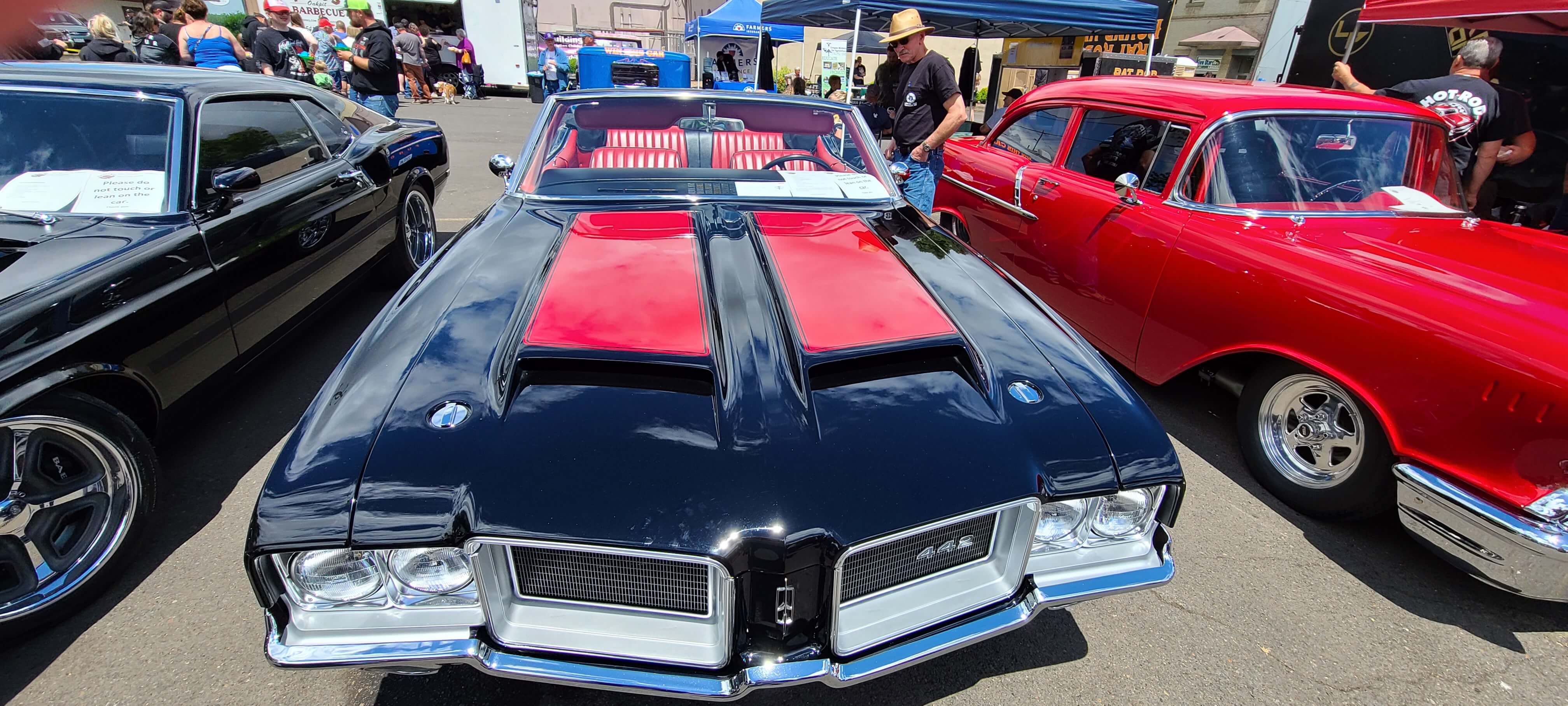
How You Can Help
Please consider making a donation to the Oregon and SW Washington Chapter of the The ALS Association. You can donate by following
this link to their online donation form, or by mailing a check to the following address:
The ALS Association of Oregon
700 NE Multnomah Street, Suite 210
Portland OR 97232
In the memo line, please include the words "ALS emt"



